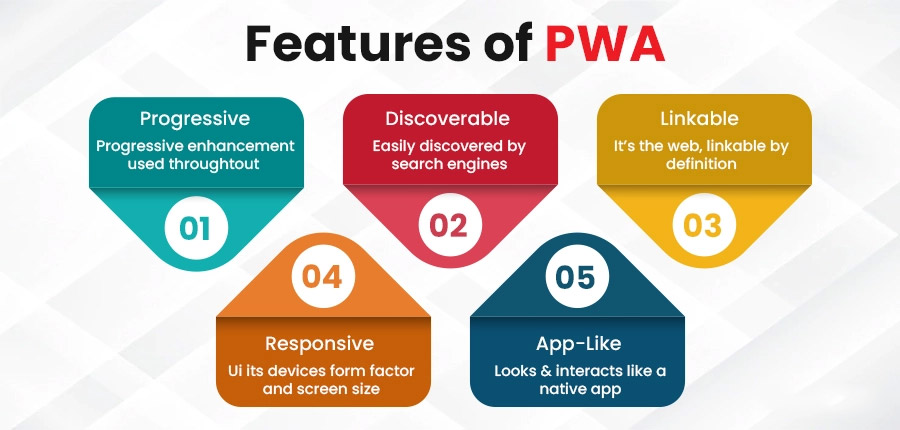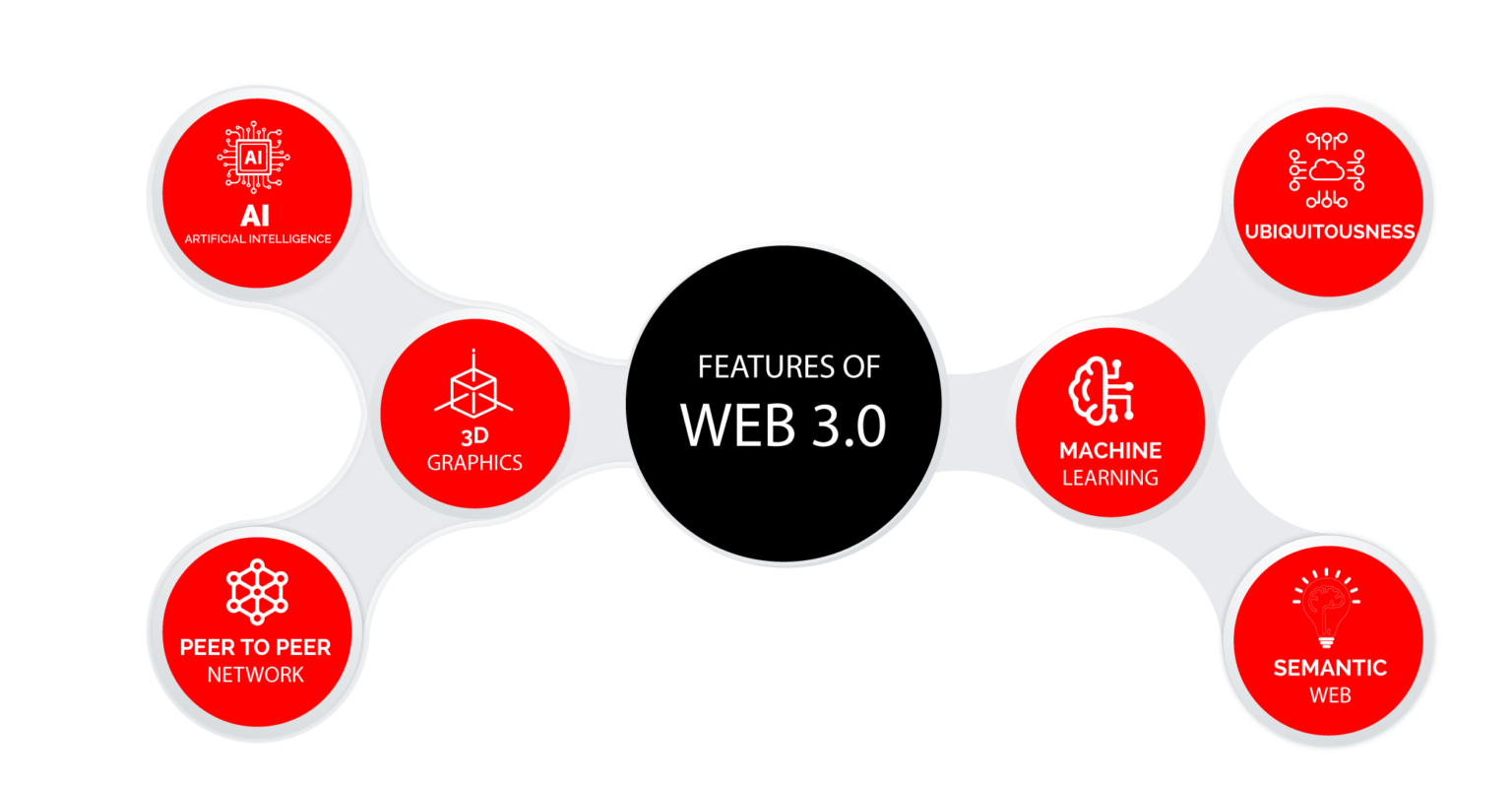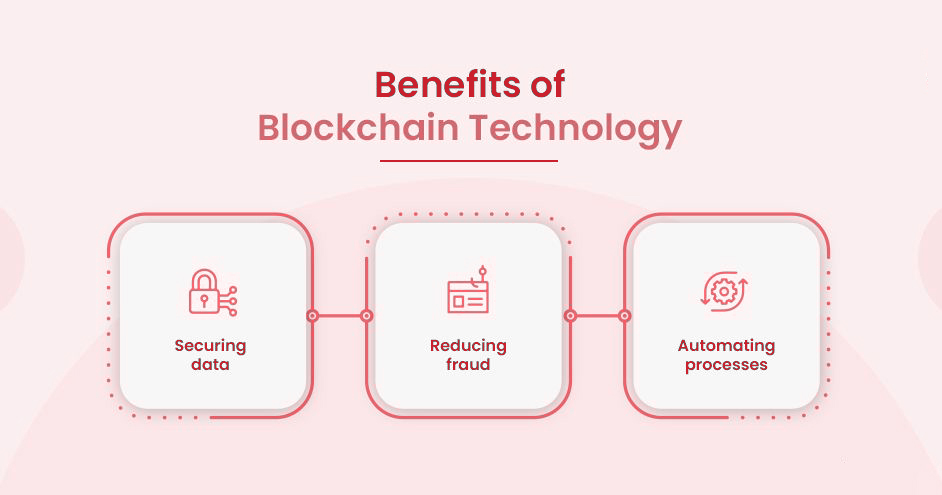One of the thumb rules in business is to expect the unexpected.
In today’s connected information age, customer expectation is an ever-evolving phenomenon. And while tailored digital solutions have been the way to win over the ‘client expectation avalanche’ for some time now, digital customers of today demand more from software partnerships. Thus, custom software development is no longer limited to just developing bespoke capabilities; today, it’s more about software architecture solutions that are more aligned to the digital goals of each business and the respective market niche. Modern clients expect custom software development to deliver integrated value with whatever tech investments they make.
Hence, it becomes increasingly important to be updated about forthcoming software trends so that as software partners you can suggest the best-fit solution to your customers. If you’re making plans for your software development budget and roadmap for the next year, read on for some great insights.
In this article, we shall look into the latest technology trends in software development that will demand business leaders to review their 2023 strategy and plan to modernize their teams, practices, and tools to achieve their business goals.
Let’s begin with a brief overview of trends that will impact the future of custom software development.
What Custom Software Development Trends Will Look Like in 2023?
As we move further into the 21st century, technology becomes increasingly ingrained in our lives. Tomorrow’s end users are from the generation of innovative ideas and digital transformations. Hence, businesses need to be more versatile in embracing new technologies. It will help them come forth with a better understanding on how to keep up with the new trends in software development.
When building custom software, you, as a business owner, must be well-informed about where the software industry is moving and devise strategies accordingly. By understanding these software technology trends, you can start preparing now and stay ahead of your competition.
Ease Your Journey to Custom Software Development
Now, if you ask us what is the latest trend in software development, we would say-more automation of repetitive processes, increased preference for multichannel customer experience, major focus on privacy, and faster adoption of disruptive technologies across all sectors.
Here’s our rundown of what we believe are the most important software development trends that will affect the way businesses operate.
Here we go…
1. Progressive Web Apps (PWA)
Progressive web apps are the next big thing in software development. They offer the best of both worlds: the convenience and responsiveness of a mobile app combined with the features and security of a website.
Wondering how progressive web apps can drive business success? Here are the top 5 compelling reasons to help you understand the importance of progressive web apps for your business growth:

- Fast and responsive – PWAs load quickly, even on slow networks.
- Feature-rich – PWAs can include all the features of a mobile app, such as notifications, offline support, and camera integration.
- Easy to install – PWAs can be installed on a user’s device with just a few clicks.
- Secure – PWAs are more secure than traditional websites, thanks to their use of HTTPS encryption.
- Cost-effective – PWAs are cheaper to develop and maintain than traditional mobile apps.
With the increasing demand for more user-friendly websites and apps, PWAs will soon penetrate all global markets.
2. Web 3.0
As the internet continues evolving, how do businesses operate online? Web 3.0 is the next phase of the internet, and it promises to bring about even more changes in the way businesses operate. Here are some of the key features of web 3.0 that businesses can expect to see in the future:

Increased Security and Privacy
Web 3.0 will be more secure, with features like encryption and verification that make it difficult for hackers to penetrate. In addition, web 3.0 will provide greater privacy for users, as it will be harder for companies to track and collect user data. This will be a major benefit for businesses that want to protect their customers’ privacy.
Decentralized Systems
Web 3.0 is designed to be decentralized, meaning that there will be no single authority controlling the Internet. It will give the ownership of the data back to the end-users, instead of its identity being tied to any specific platform.
Increased Efficiency and Scalability
Web 3.0 is more efficient and scalable than previous versions of the internet. This means that businesses can expect faster loading times and increased capacity to handle large amounts of traffic without crashing or slowing down. In addition, web 3.0 will allow businesses to process transactions faster and cheaper than ever before.
3. The Internet of Behaviour (IoB)
The Internet of Behaviour (IoB) is one of the most exciting software development trends expected to dominate the industry in the coming years. IoB refers to the trend of connecting physical objects with the Internet, and it has the potential to revolutionize how we interact with the world around us.
One of the key drivers of IoB is the rise of artificial intelligence and machine learning. These technologies enable us to create devices that can interact with us more naturally, and they are also helping us to gather about how we behave. This data can then be used to improve our interactions with devices, and it can also be used to create new types of services and products.
Want to Build Scalable and Feature-Rich Custom Software?
All of these trends combine to create a new era of connectivity and interaction for business. The IoB is poised to change the way we live our lives, and it is sure to have a major impact on the software development industry.
4. Microservices Architecture
Microservices architecture is gaining a lot of popularity in the software development world. It allows developers to break down their applications into small, modular services that can be easily deployed and managed. This new trend is helping businesses to achieve greater efficiency and scalability.
Microservices architecture makes use of containers to isolate each service and run them as separate processes. This helps to speed up the deployment and makes it easier to manage and monitor the services. It also allows businesses to scale their applications up or down as needed.
The microservices approach also helps to improve fault tolerance. If one service fails, it will not take down the entire application. This can be a major advantage for businesses that rely on their websites and applications to stay online.
Businesses looking for a more scalable and fault-tolerant solution should consider using a microservices architecture. It can help them to improve performance and provide a better experience.
5. DevSecOps
DevSecOps is an emerging software development trend that is becoming increasingly popular, and it is expected to become a dominant force in the IT industry by 2023.
Businesses must stay ahead of new threats and vulnerabilities to protect their data and infrastructure. With DevSecOps, organizations can ensure that new software applications are secure and resilient and adapt quickly to new threats.
The benefits of DevSecOps will not only have a positive impact on business operations but also on user experience. Organizations can rapidly deploy new software applications with minimal risk by leveraging new technologies such as automated testing and continuous integration.
6. Blockchain Technology
Blockchain technology is still developing, and businesses have started to explore different ways to use this technology to streamline their operations. There are several opportunities that businesses can tap into with the help of blockchain technology. Some of these include:

Securing data: Blockchain technology can be used to secure data from tampering and unauthorized access. This can be particularly useful for businesses that handle sensitive information.
Reducing fraud: The blockchain technology can help reduce fraud by providing a tamper-proof record of transactions. This can help businesses reduce losses due to fraudulent activities.
Automating business processes: Blockchain technology can automate business processes, thereby reducing the need for human intervention. This can help businesses speed up their operations and reduce costs.
7. Low-Code Development
Low-code development is a trailblazer in the world of software development – making it to the list of top trends in custom software development for 2023. Predictive data analysis, effortless task automation, and increased opportunity for collaboration are some of the new functions and benefits small businesses are expected to enjoy with low code in the coming year.
Here are some quick facts about low-code development to help your business prepare well:
- A report by Bloomberg says that by 2024, 65% of custom business software will be low-code and no-code developed.
- The global market forecast by Acumen Research and Consulting projected low-code development platform market to reach new heights at $159 billion by 2030 at 28.8% CAGR.
If you are preparing your business to be leaner and meaner, then you should definitely keep your eyes on low code trends, as it is expected to set a high bar in 2023.
8. Cloud Computing
Cloud computing is one of the top trends in software development that will rule in 2023. It allows companies to access and manage data, applications, and IT resources on a virtual platform rather than physical hardware.
Companies are migrating to the cloud for a number of reasons. It allows them to reduce costs, improve the scalability, speed and agility of their operations, and provide a better customer service experience. When it comes to application deployment or scaling of operations, cloud infrastructure provides businesses a greater flexibility to store vast amounts of data at a lower cost.
In addition, cloud technology offers advanced analytics capabilities, which allow companies to gain deep insights into customer behaviors and preferences. This helps them create more personalized customer experiences and increase engagement.
Here are some of the many reasons for you to consider a cloud-first approach in 2023:
- You can build the system piece by piece as per your business needs
- It requires lower equipment and maintenance costs as compared to on-site server solutions
- You can access powerful software and platforms with low initial investment and at a fixed cost
- It allows your organization to upgrade if and when it is needed with cost-effective upgrade options
- There’s a pool of skilled resources to help with support services
- Quick updates, repairs, and improvements
All of these benefits make cloud computing an attractive option for businesses looking to remain competitive in the coming years.
9. Infrastructure as Code (IaC)
Infrastructure as code (IaC) is a term used to describe the process of managing and provisioning computing infrastructure using code rather than traditional methods such as manual configuration or scripts. IaC tools automate the process of creating and modifying the infrastructure, making it more reliable and easier to manage.
The popularity of IaC has exploded in recent years and will continue to grow, as organizations have come to realize the benefits of using code to manage their infrastructure. One of the key benefits of IaC is that it enables organizations to treat their infrastructure as a software asset, which can be versioned, tracked, and managed like any other software component. This makes it easier to keep track of changes, identify issues, and roll back problematic changes.
IaC enables organizations to use DevOps practices such as Continuous Integration (CI) and Continuous Delivery (CD) to speed up the software development process. By automating the provisioning of infrastructure, IaC tools allow developers to focus on developing code rather than spending time configuring servers and setting up testing environments. This helps to reduce the time it takes to get new features and updates into production.
10. Big Data
Data is the driving force behind every organization in the current global market scenario. The data analytics industry is expanding as more and more firms are automating their business processes using data-driven models.
According to research and markets report, the global Big Data & Analytics market size was estimated at USD 82.99 billion in 2021, USD 91.11 billion in 2022, and is projected to grow at a CAGR of 9.96% to reach USD 146.71 billion by 2027.
These numbers say a thousand words. However, big data; combined with AI, ML, and other cutting-edge technologies will drive businesses toward what we call the fourth industrial revolution.
Big data analytics, undoubtedly, is one of the most powerful technology trends to play an important role in reshaping numerous business processes and operations worldwide.
Here are some of the emerging big data trends that will help businesses in shaping the market in 2023 and beyond.
- Scalable and cutting-edge machine learning and artificial intelligence methodologies to handle small data sets are now commercially available
- Increases in the use of hybrid cloud services for its agility and security at lower costs
- The introduction of DataOps to handle organizational demands across the data lifecycle, from generation to archiving
- Utilizing Edge computing to process large volumes of data quickly, using less bandwidth
Businesses with complex processes, numerous branches, departments, and hundreds of teams should keep themselves ready with advanced data analytics to move their business ahead.
Addressing these 10 future software development trends will distinguish the companies that survive – and thrive – from those that drop out.
Now that you are aware of these technologies let’s understand why it is important to consider trends.
Why is It Important to Consider Software Development Future Trends?
Despite the many advantages of current trends in software development, organizations might still fall behind in making the most of their custom software development project. One of the important reasons behind this is lagging in the trends game.
In the fast-paced world of software development, trends come and go quickly. What is popular today may be completely replaced by something new tomorrow. As a result, it is important to stay up-to-date on the trends in software development to be ahead of the competition. Of course, this can be difficult as new technologies are emerging every new day.
By following this software development technologies list, you will be better equipped to adapt trends as they emerge and ensure that you will always be at the forefront of your industry. It will help you continuously learn new tools, platforms, frameworks, and methods to make your software more productive allowing you to stay up with trends.
Although we briefly discussed how custom software development trends could help you grow your business in the second section, let’s have a quick recall.
How Top Software Development Trends Will Help Businesses Grow in 2023?
The trends and technologies in enterprise software development are designed to help businesses automate tasks, streamline processes, and improve efficiency. By leveraging the latest advancements in software technology, businesses can gain a competitive edge and improve their bottom line.
However, it’s about more than just implementing new technologies in software development trends. It’s also important to have a sound strategy in place. Without a clear plan, businesses may find themselves struggling to achieve their desired results.
Are you sailing in the same boat? We got you covered for this too! Here are some of our thoughts on it.
How to Get Started with the Recent Trends in Custom Software Development?
Implementing trending technologies in software development can be a daunting task for any business, but it’s often necessary to adapt to consumers’ changing needs. An offshore outsourcing software development partner can help take on some of the burdens by providing the expertise and experience they have built up over the years. They can also help develop custom software that is tailored to the specific needs of the business.
Want to Know How Our Team Can Help Your Business?
In addition, an outsourcing IT company can help businesses save time and money by taking on the brunt of the work associated with developing and implementing trending software development technologies. As a result, finding an expert software development partner is a smart move for any organization that wants to stay ahead of the curve.
Wrapping It Up
So, these are the top 10 software development trends that you must keep in mind as a startup or an enterprise while developing custom software.Software technologies like web 3.0, IoB, progressive web apps, and blockchain adoption have huge potential to accelerate your business in a minimal time. Incorporating these latest software development trends will help you better develop your software with total efficiency and effectiveness.If you are still confused about which latest technology in software development to pick, then you can hire software developers from Techno Hustlers for quick strategy consulting. We will further assist you with the best solution by evaluating your business requirements.

